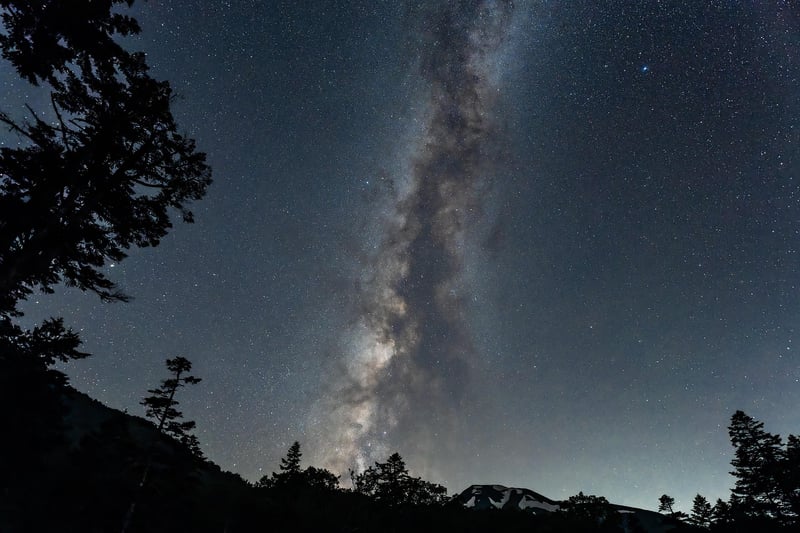Astronomical Surveys
Exploring the Universe: Mapping the Cosmos through Astronomical Surveys
Looking up at the night sky, we are often left in awe of the vastness and beauty of the cosmos. But have you ever wondered how astronomers make sense of this vast expanse of stars, galaxies, and other celestial objects? The answer lies in astronomical surveys, a crucial tool that enables scientists to map and study the universe beyond what meets the naked eye.
What are Astronomical Surveys?
Astronomical surveys involve systematically observing and cataloging celestial objects to create comprehensive maps of the sky. These surveys capture data on various wavelengths of light, from radio waves to gamma rays, providing a multi-faceted view of the universe. By conducting these surveys, astronomers can uncover new phenomena, identify patterns, and unravel the mysteries of the cosmos.
Types of Astronomical Surveys
There are several types of astronomical surveys, each focusing on different aspects of the universe:
- Wide-field Surveys: These surveys cover large areas of the sky, allowing astronomers to study the distribution of galaxies, stars, and other objects across vast regions.
- Deep Surveys: Deep surveys focus on a small area of the sky but for an extended period, revealing faint and distant objects that are otherwise undetectable.
- Spectral Surveys: Spectral surveys analyze the light emitted or absorbed by celestial objects, providing insights into their composition, temperature, and other properties.
Importance of Astronomical Surveys
Astronomical surveys play a pivotal role in advancing our understanding of the universe. By collecting vast amounts of data and creating detailed maps, astronomers can:
- Uncover new galaxies, stars, and planetary systems.
- Study the evolution of galaxies and the large-scale structure of the universe.
- Identify transient events such as supernovae, black hole mergers, and gamma-ray bursts.
- Search for exoplanets and potentially habitable worlds beyond our solar system.
Exploring the Universe Through Surveys
Thanks to technological advancements in telescopes and detectors, astronomers can conduct surveys with unprecedented detail and sensitivity. From ground-based observatories to space telescopes like Hubble and James Webb, these tools provide a window into the cosmos, helping us unravel its mysteries one observation at a time.
So, the next time you gaze at the stars twinkling above, remember that astronomers are hard at work, mapping the cosmos and expanding our knowledge of the universe in ways we could have only imagined.

Image source: Pixabay
